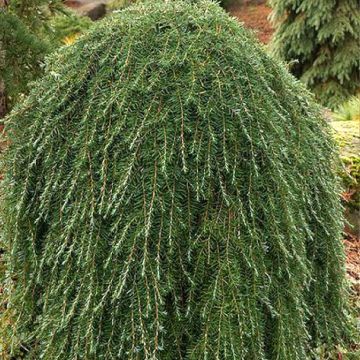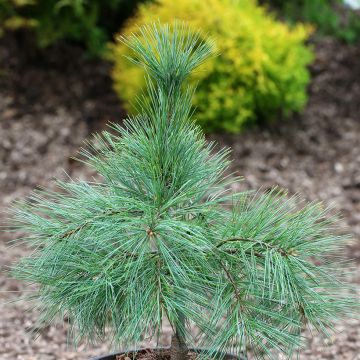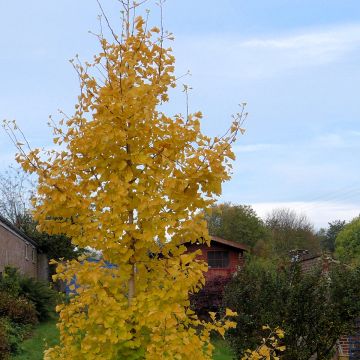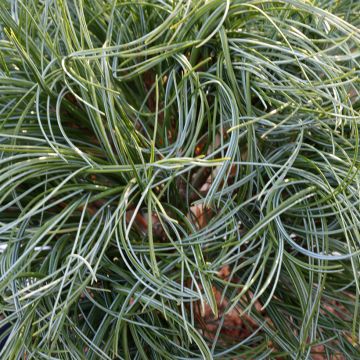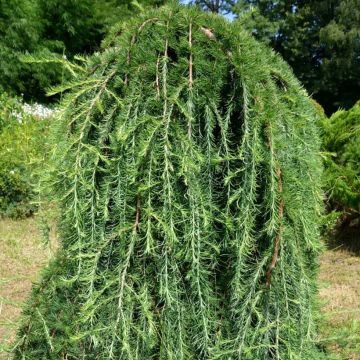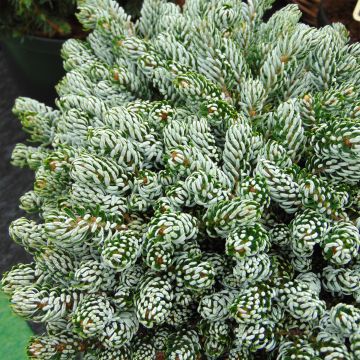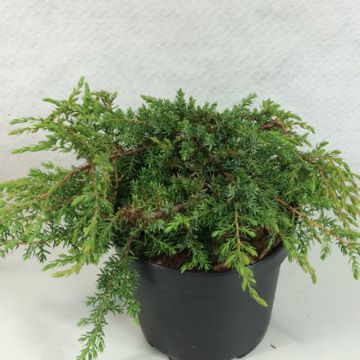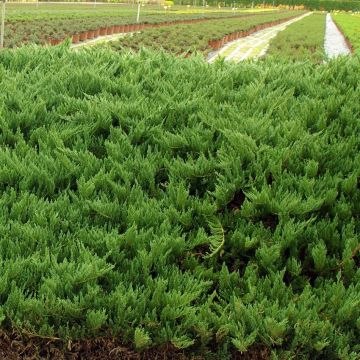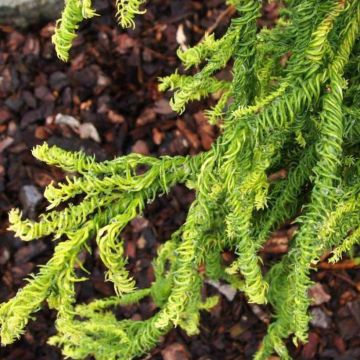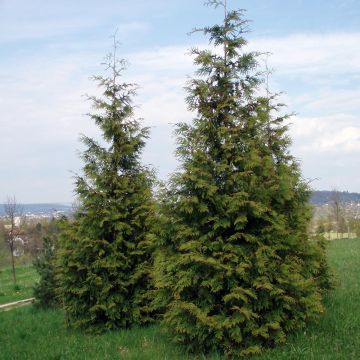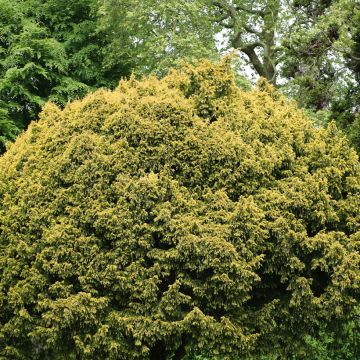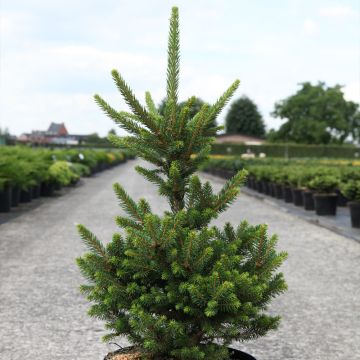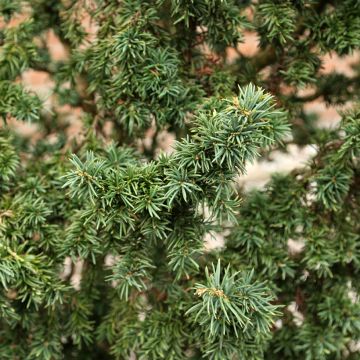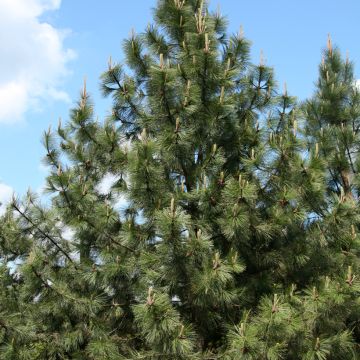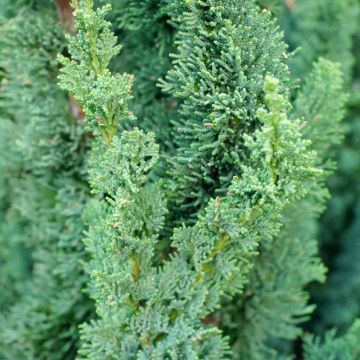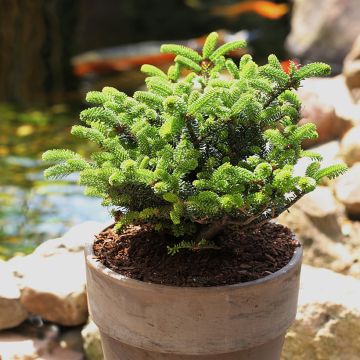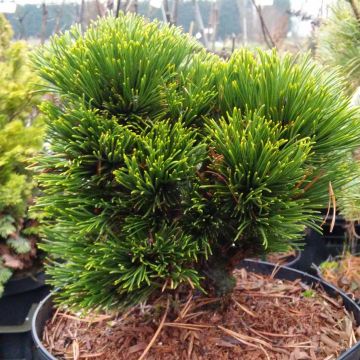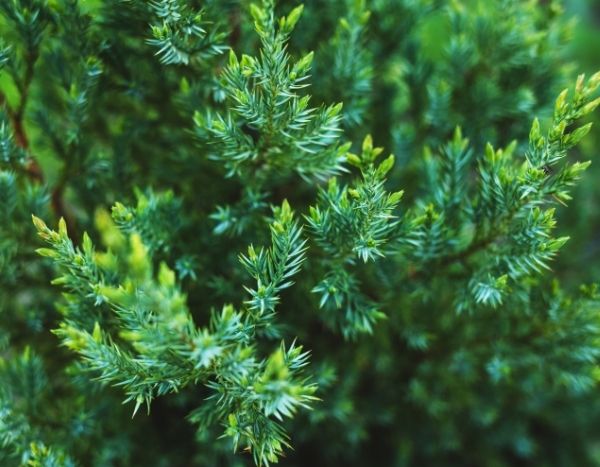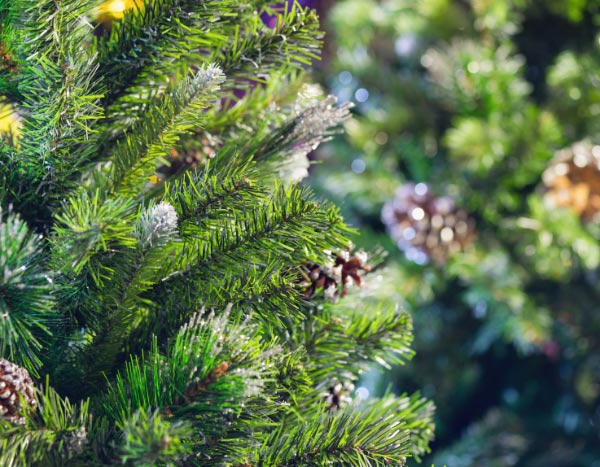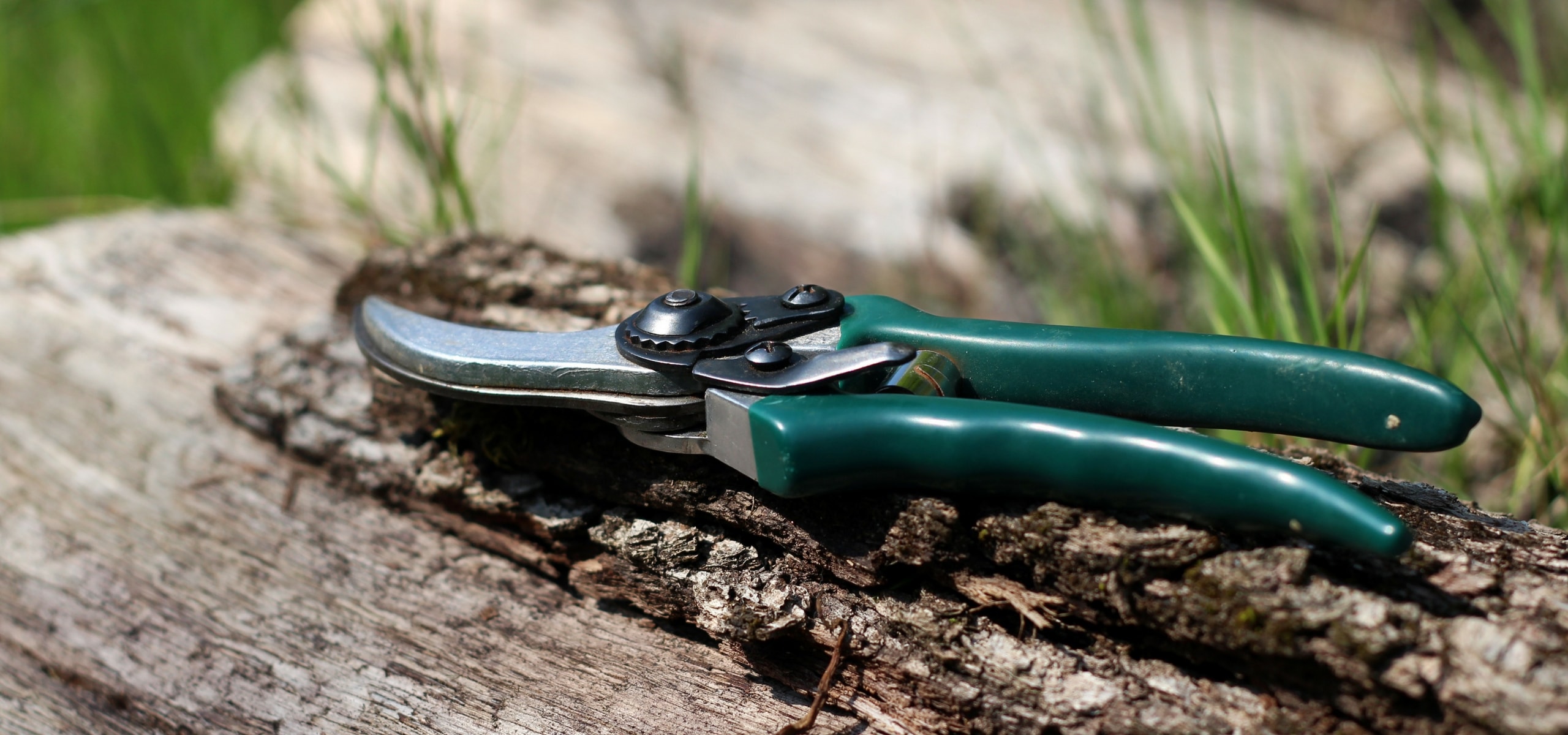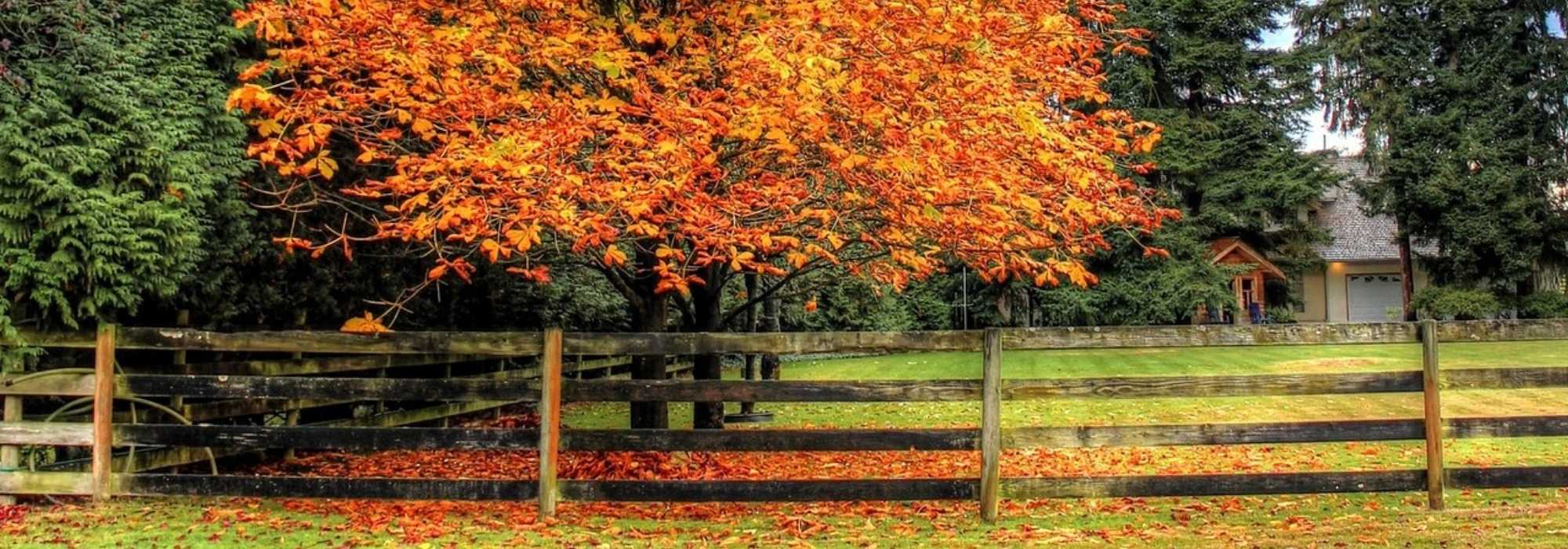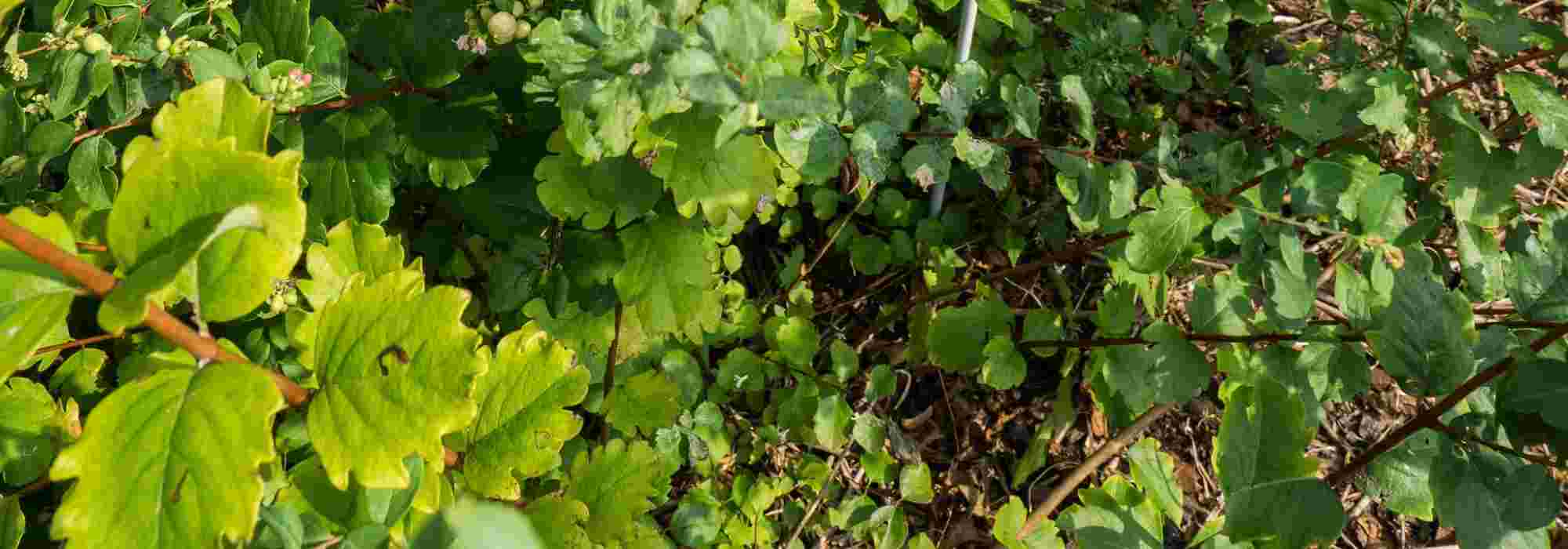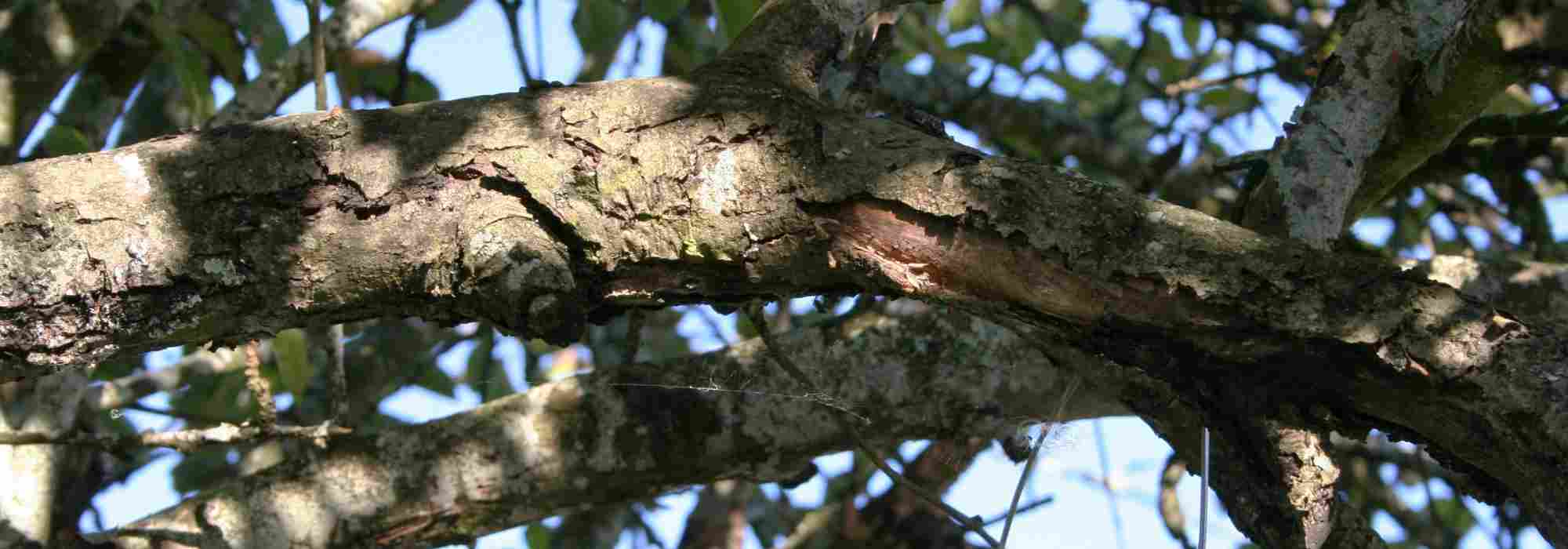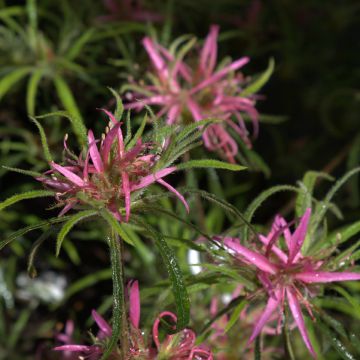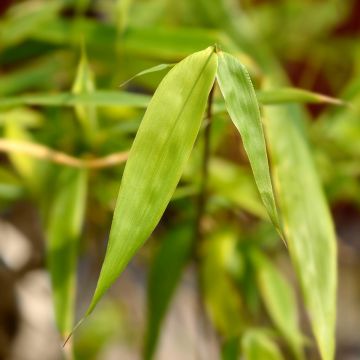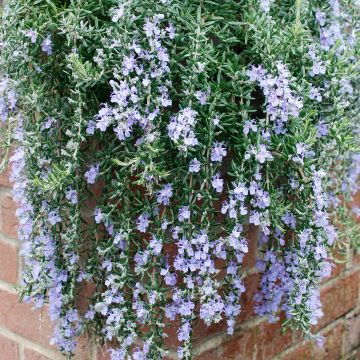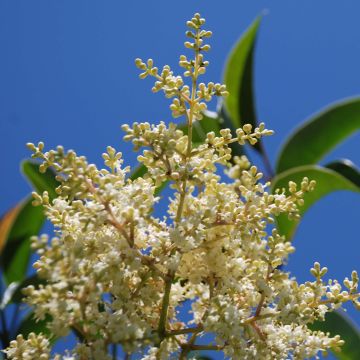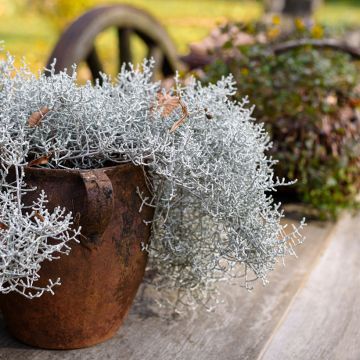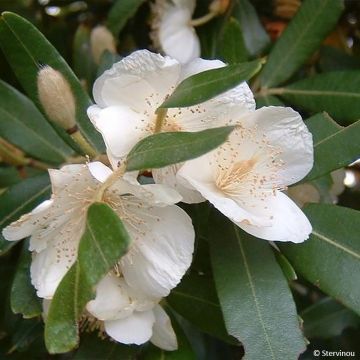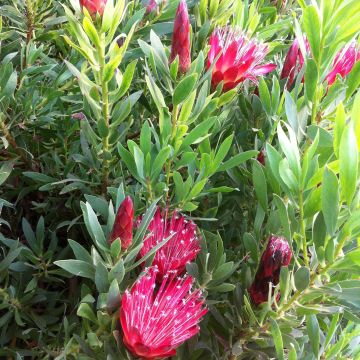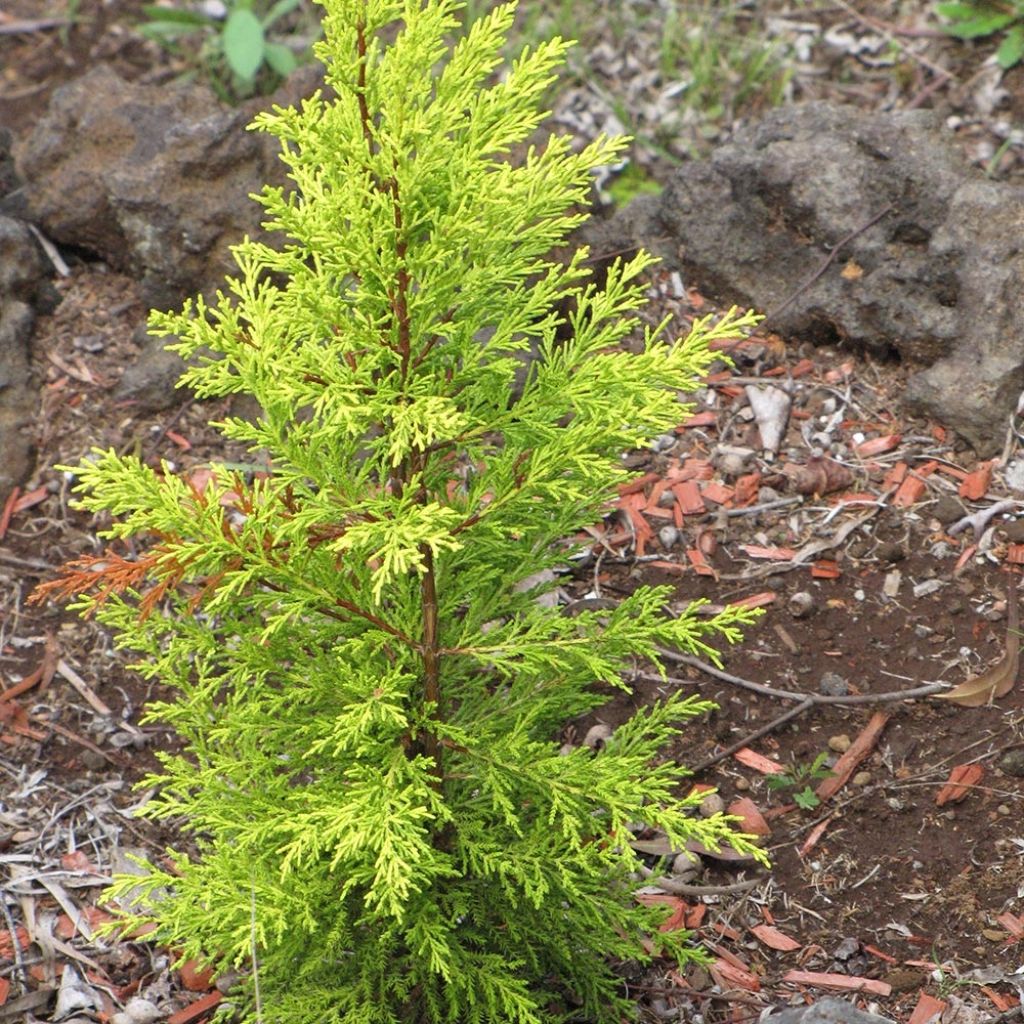

Monterey cypress Wilma - Cupressus macrocarpa
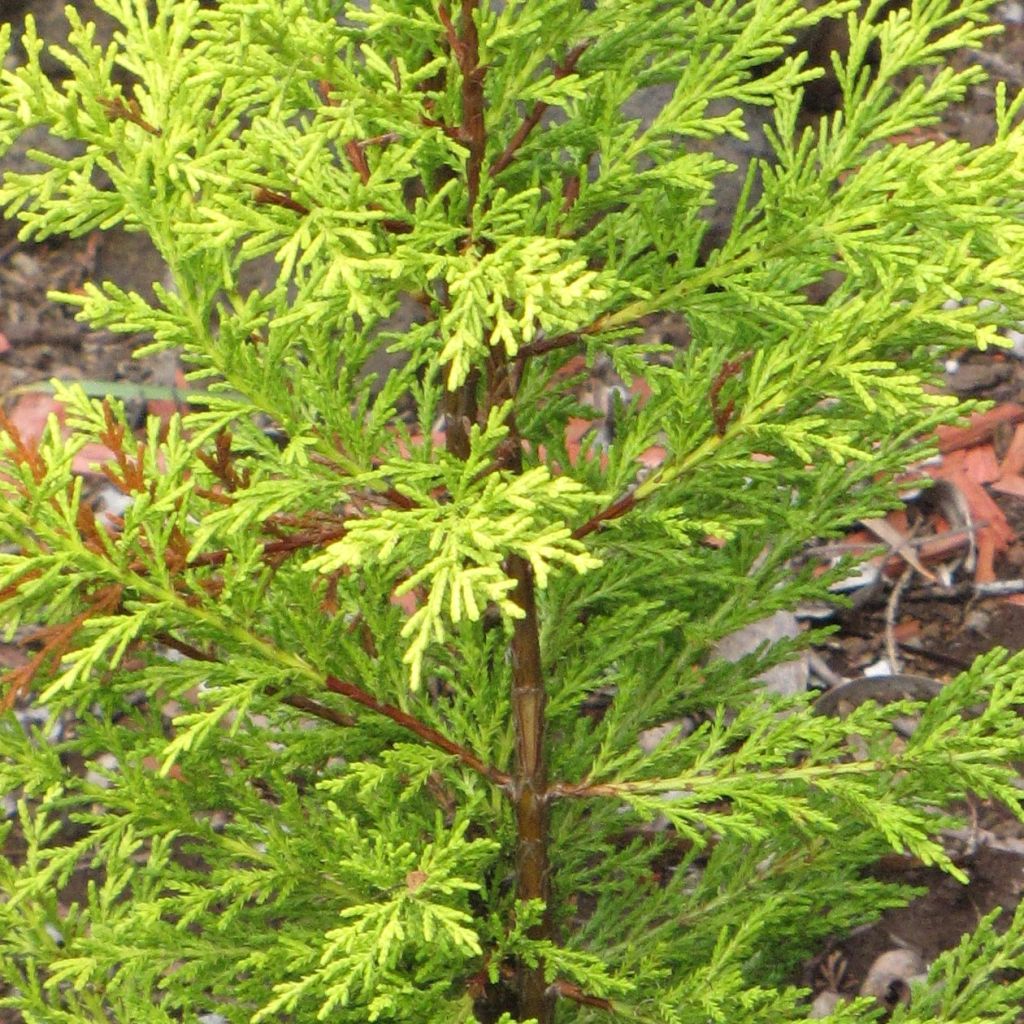

Cyprès de Monterey (Lambert) Wilma - Cupressus macrocarpa
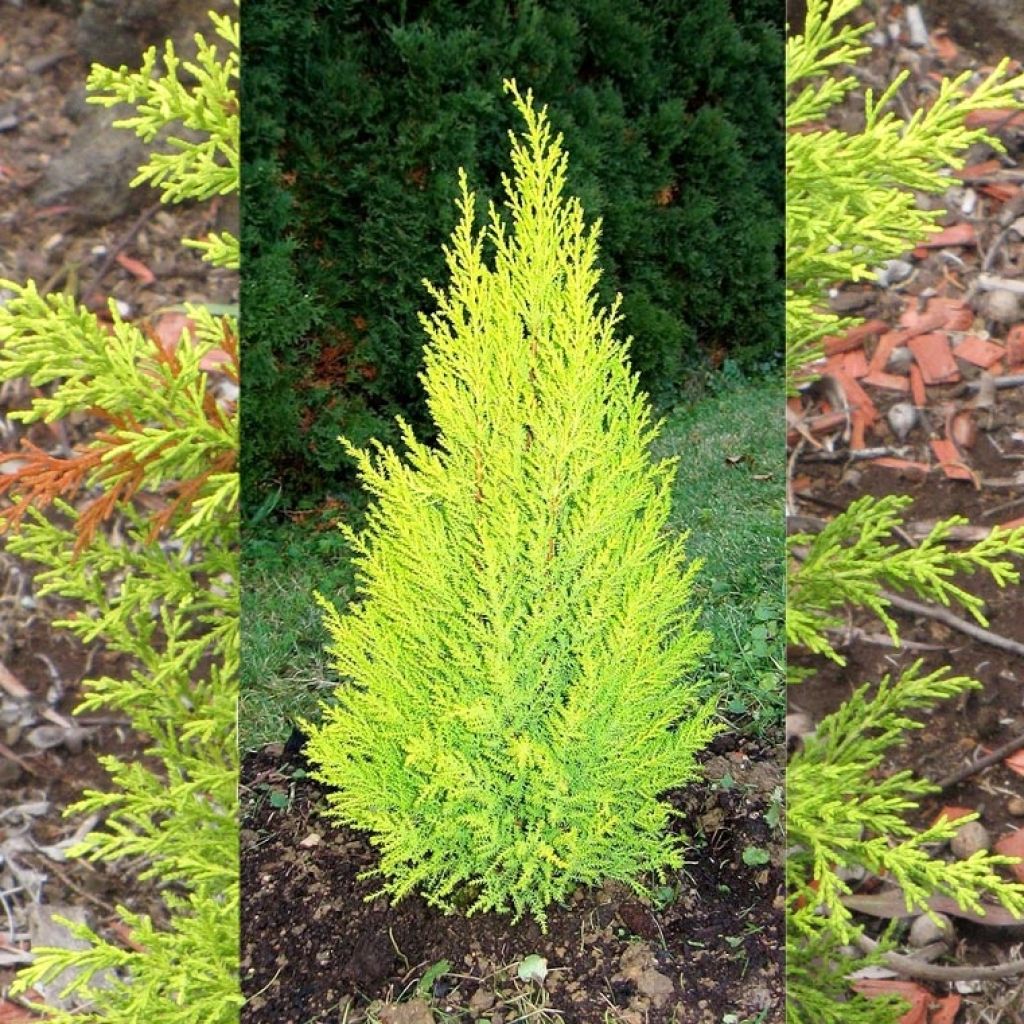

Monterey cypress Wilma - Cupressus macrocarpa
Monterey cypress Wilma - Cupressus macrocarpa
Cupressus macrocarpa Wilma
Monterey cypress
Special offer!
Receive a €20 voucher for any order over €90 (excluding delivery costs, credit notes, and plastic-free options)!
1- Add your favorite plants to your cart.
2- Once you have reached €90, confirm your order (you can even choose the delivery date!).
3- As soon as your order is shipped, you will receive an email containing your voucher code, valid for 3 months (90 days).
Your voucher is unique and can only be used once, for any order with a minimum value of €20, excluding delivery costs.
Can be combined with other current offers, non-divisible and non-refundable.
Why not try an alternative variety in stock?
View all →This plant carries a 24 months recovery warranty
More information
We guarantee the quality of our plants for a full growing cycle, and will replace at our expense any plant that fails to recover under normal climatic and planting conditions.
Does this plant fit my garden?
Set up your Plantfit profile →
Description
The Cupressus macrocarpa ‘Wilma’ is a variety of Monterey Cypress with so-called 'golden' foliage often used by bonsai enthusiasts or in festive table decorations. Though slow to start, this attractive conifer eventually grows upwards when planted to form, after many years, a beautiful slender column reaching 6m in height, notable for its chartreuse foliage flecked with gold. Thriving in Atlantic coastal gardens where it makes a splendid specimen, it tolerates poor, sandy soil, sea spray, and salty fogs. Choose a sheltered spot for this somewhat tender variety.
The Cupressus macrocarpa is one of the largest species in the Cupressaceae family. Commonly known as Monterey Cypress or macrocarpa, it is a tall conifer native to the Monterey area on the west coast of the United States from which it derives its name. In the wild, it grows in forests along California’s central coast, benefiting from the atmospheric moisture and fog it favours. In their native habitat, some specimens reach 36m in height with trunks up to 2.4m in diameter. Similar to Chamaecyparis, they differs in their rounded branchlets arranged in brush-like clusters and larger cones with woody scales.
Reaching 3m in 10 years, the ‘Wilma’ cultivar will rarely exceed 6m in height with a 2m spread in our temperate climates. Growing slowly, its foliage appears somewhat coarse up close, releasing a faintly acidic aroma when crushed. Its small, blunt, triangular leaves are imbricate on short cylindrical branchlets, themselves attached to twigs. Young plants under one year old bear juvenile needle-like leaves. The golden-yellow foliage in spring growth turns chartreuse from summer to winter. The female cones are globose and green when young maturing to brown. The reddish-brown bark becomes greyer with age. This tree has a taproot system, anchoring it deeply to draw water and nutrients while resisting strong winds. Hardy to -7°C in well-drained soil, it requires winter protection in colder regions.
With its narrow habit and moderate growth, the Monterey Cypress ‘Wilma’ is suited to medium-to-large gardens. Ideal for windswept coastal gardens with sandy soil, this radiant conifer makes a striking statement whether in contemporary, wild, romantic, or English-style gardens. Its luminous foliage pairs beautifully with plants featuring darker foliage, deep green or purple. For convenience or lack of inspiration, it can be pruned into a hedge like its cousin the Leyland Cypress – though this would rob the tree of its natural grace, scale and character. Widely planted along Brittany’s coast, the macrocarpa thrives in regions with cool summers and mild, wet winters.
Monterey cypress Wilma - Cupressus macrocarpa in pictures
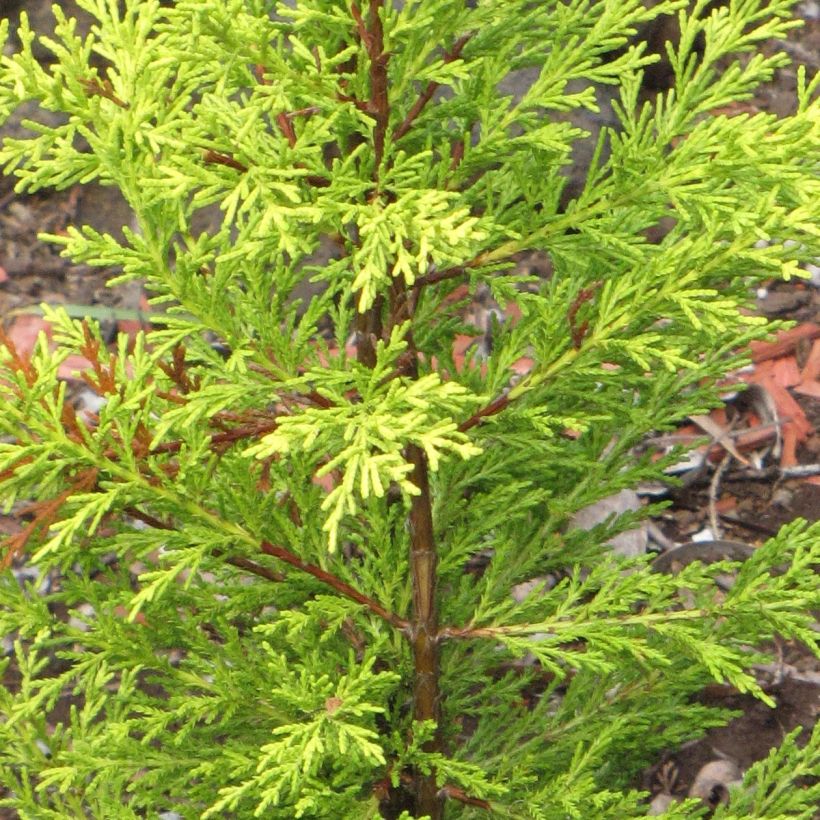

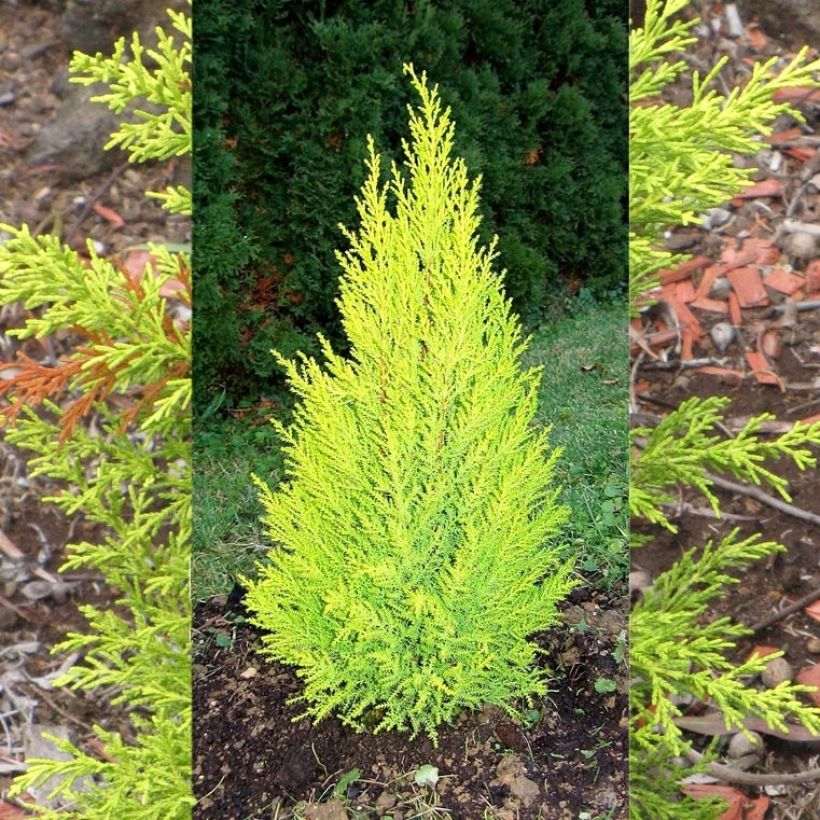

Plant habit
Flowering
Foliage
Safety measures
Botanical data
Cupressus
macrocarpa
Wilma
Cupressaceae
Monterey cypress
Cultivar or hybrid
atteinterespiratoire
Cette plante peut entraîner des symptômes allergiques.
Evitez de la planter si vous ou vos proches souffrez de rhinite saisonnière ("rhume des foins").
Davantage d'informations sur https://plantes-risque.info
Other Conifers A to Z
View all →Planting and care
Plant the Monterey Cypress in a sunny location in well-drained, even sandy and poor, or calcareous, deep soil, as its taproot will need to descend to find water and provide good anchorage for its tall stature. Choose its location carefully as this large taproot is averse to being adisturbed or broken. It is preferable to attempt to grow it in areas with mild winters; as a mature specimen, it will be hardy down to -7°C. It should therefore be protected in winter in regions with colder winters.
This conifer can be susceptible to cortical canker (a pathogenous fungus), especially if subjected to repeated pruning or injuries. Its most common parasitic pests include red spider mites, aphids, scale insects, and jewel beetles, which are particularly virulent in hot and dry weather; it is advisable to mist the foliage during hot and dry periods to prevent mite proliferation.
Propagation:
By sowing seeds in spring or summer. To break the dormancy of the seeds, they must be exposed to cold for at least 3 months.
Planting period
Intended location
Care
Planting & care advice
This item has not been reviewed yet - be the first to leave a review about it.
Similar products
Haven't found what you were looking for?
Hardiness is the lowest winter temperature a plant can endure without suffering serious damage or even dying. However, hardiness is affected by location (a sheltered area, such as a patio), protection (winter cover) and soil type (hardiness is improved by well-drained soil).

Photo Sharing Terms & Conditions
In order to encourage gardeners to interact and share their experiences, Promesse de fleurs offers various media enabling content to be uploaded onto its Site - in particular via the ‘Photo sharing’ module.
The User agrees to refrain from:
- Posting any content that is illegal, prejudicial, insulting, racist, inciteful to hatred, revisionist, contrary to public decency, that infringes on privacy or on the privacy rights of third parties, in particular the publicity rights of persons and goods, intellectual property rights, or the right to privacy.
- Submitting content on behalf of a third party;
- Impersonate the identity of a third party and/or publish any personal information about a third party;
In general, the User undertakes to refrain from any unethical behaviour.
All Content (in particular text, comments, files, images, photos, videos, creative works, etc.), which may be subject to property or intellectual property rights, image or other private rights, shall remain the property of the User, subject to the limited rights granted by the terms of the licence granted by Promesse de fleurs as stated below. Users are at liberty to publish or not to publish such Content on the Site, notably via the ‘Photo Sharing’ facility, and accept that this Content shall be made public and freely accessible, notably on the Internet.
Users further acknowledge, undertake to have ,and guarantee that they hold all necessary rights and permissions to publish such material on the Site, in particular with regard to the legislation in force pertaining to any privacy, property, intellectual property, image, or contractual rights, or rights of any other nature. By publishing such Content on the Site, Users acknowledge accepting full liability as publishers of the Content within the meaning of the law, and grant Promesse de fleurs, free of charge, an inclusive, worldwide licence for the said Content for the entire duration of its publication, including all reproduction, representation, up/downloading, displaying, performing, transmission, and storage rights.
Users also grant permission for their name to be linked to the Content and accept that this link may not always be made available.
By engaging in posting material, Users consent to their Content becoming automatically accessible on the Internet, in particular on other sites and/or blogs and/or web pages of the Promesse de fleurs site, including in particular social pages and the Promesse de fleurs catalogue.
Users may secure the removal of entrusted content free of charge by issuing a simple request via our contact form.
The flowering period indicated on our website applies to countries and regions located in USDA zone 8 (France, the United Kingdom, Ireland, the Netherlands, etc.)
It will vary according to where you live:
- In zones 9 to 10 (Italy, Spain, Greece, etc.), flowering will occur about 2 to 4 weeks earlier.
- In zones 6 to 7 (Germany, Poland, Slovenia, and lower mountainous regions), flowering will be delayed by 2 to 3 weeks.
- In zone 5 (Central Europe, Scandinavia), blooming will be delayed by 3 to 5 weeks.
In temperate climates, pruning of spring-flowering shrubs (forsythia, spireas, etc.) should be done just after flowering.
Pruning of summer-flowering shrubs (Indian Lilac, Perovskia, etc.) can be done in winter or spring.
In cold regions as well as with frost-sensitive plants, avoid pruning too early when severe frosts may still occur.
The planting period indicated on our website applies to countries and regions located in USDA zone 8 (France, United Kingdom, Ireland, Netherlands).
It will vary according to where you live:
- In Mediterranean zones (Marseille, Madrid, Milan, etc.), autumn and winter are the best planting periods.
- In continental zones (Strasbourg, Munich, Vienna, etc.), delay planting by 2 to 3 weeks in spring and bring it forward by 2 to 4 weeks in autumn.
- In mountainous regions (the Alps, Pyrenees, Carpathians, etc.), it is best to plant in late spring (May-June) or late summer (August-September).
The harvesting period indicated on our website applies to countries and regions in USDA zone 8 (France, England, Ireland, the Netherlands).
In colder areas (Scandinavia, Poland, Austria...) fruit and vegetable harvests are likely to be delayed by 3-4 weeks.
In warmer areas (Italy, Spain, Greece, etc.), harvesting will probably take place earlier, depending on weather conditions.
The sowing periods indicated on our website apply to countries and regions within USDA Zone 8 (France, UK, Ireland, Netherlands).
In colder areas (Scandinavia, Poland, Austria...), delay any outdoor sowing by 3-4 weeks, or sow under glass.
In warmer climes (Italy, Spain, Greece, etc.), bring outdoor sowing forward by a few weeks.


































